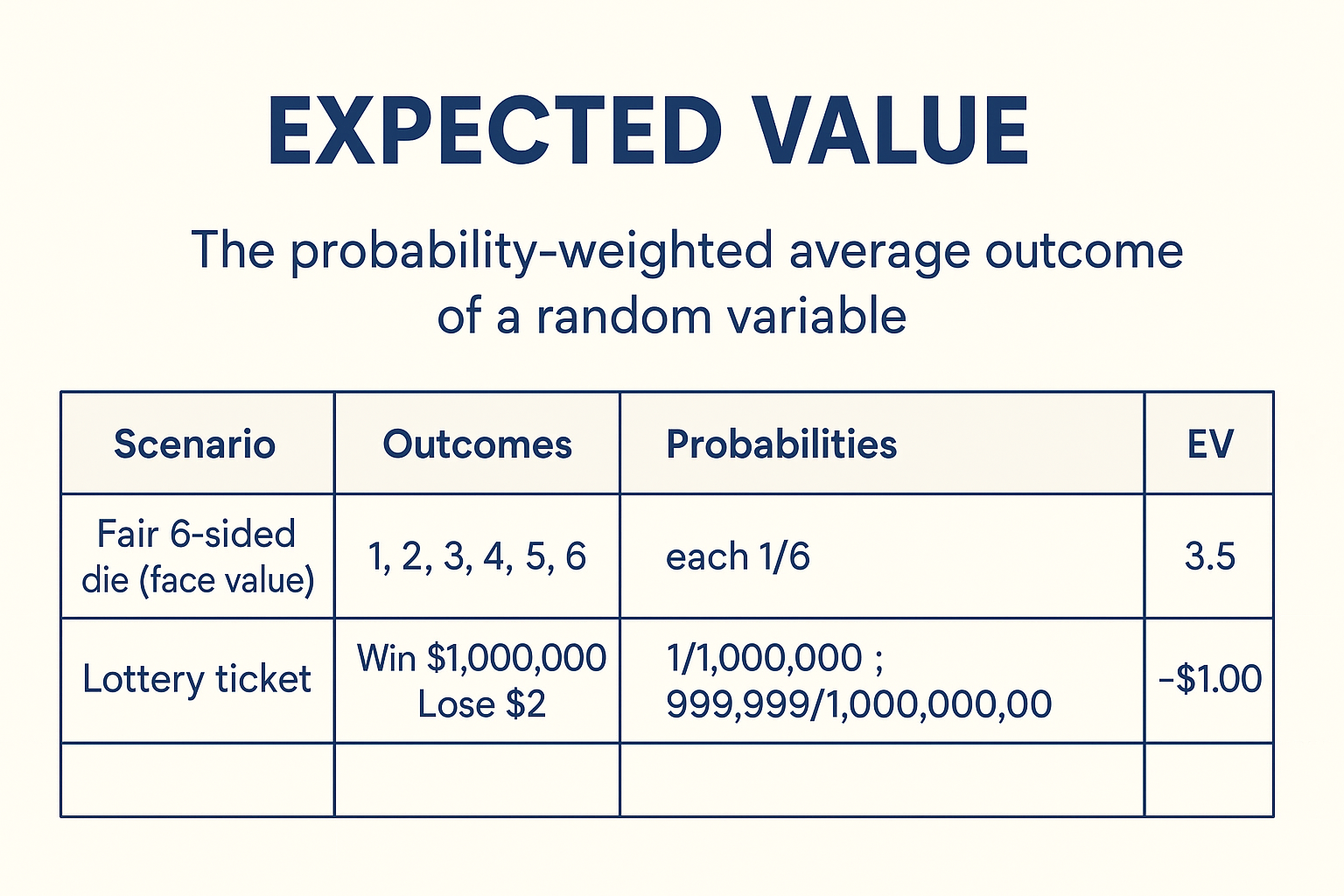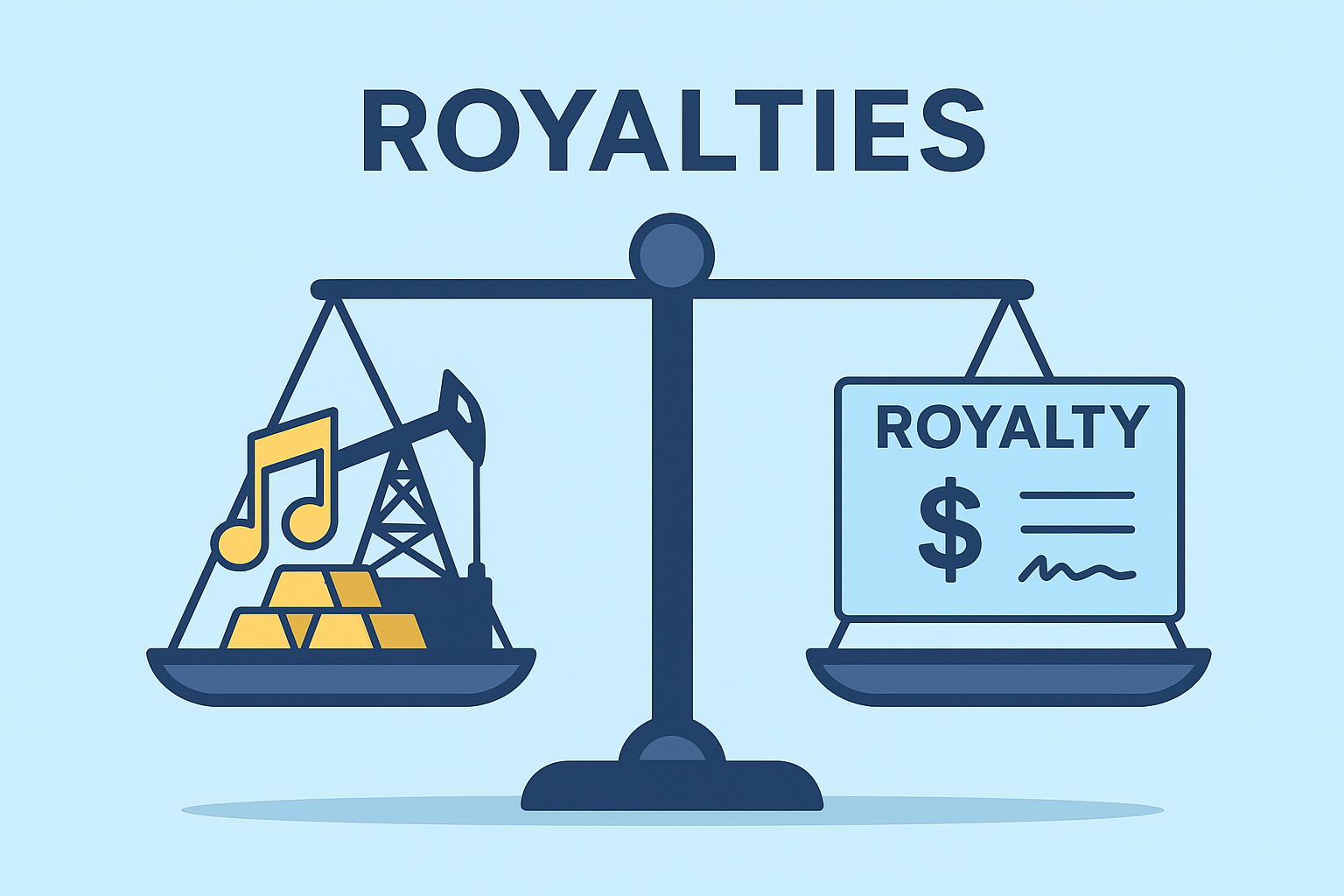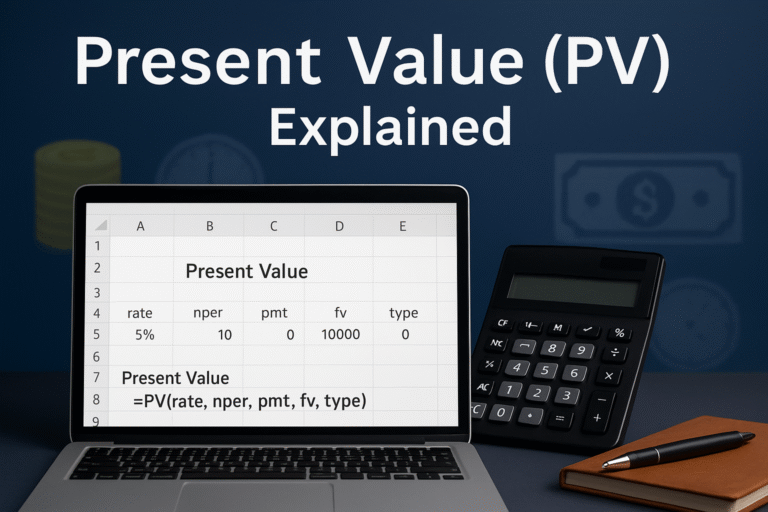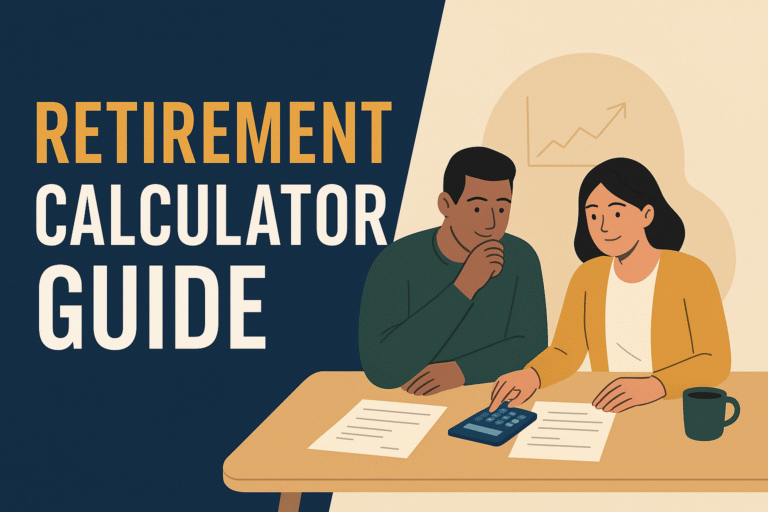Margin of safety is the buffer you build into your valuation so that even if you get your assumptions wrong, you still have protection. In the investing world, it’s the difference between what you estimate a business is worth and what you actually pay. In accounting/operations, it’s how far sales can drop before your break-even point. Use it to avoid overpaying, guard against uncertainty, and improve your discipline.
What is the Margin of Safety?
Margin of safety is the buffer you build between a security’s calculated intrinsic value and the price you pay. It protects you from valuation errors, volatility, and unforeseen company troubles.
Benjamin Graham introduced the idea in Security Analysis and The Intelligent Investor. The core notion: don’t buy a business priced exactly at its value. Leave room for mistakes. In his words (paraphrased), “You leave yourself an enormous margin.” (If you design a bridge to carry 30,000 lbs, don’t drive 30,000-lb trucks over it; drive 10,000-lb loads.) Wikipedia
| Context | Definition | Core idea |
|---|---|---|
| Investing | (Intrinsic value – Market price) / Intrinsic value | How much discount do you have relative to your model assumption |
| Accounting / Operations | (Actual sales – Breakeven sales) / Actual sales | How far sales can fall before losses begin, study.com |
Some key points:
- Intrinsic value is subjective because it depends on your model (DCF, relative multiples, etc.).
- You use MOS to protect against both valuation error and unexpected negative surprises (economic downturns, unforeseen costs, etc.) Corporate Finance Institute
- In accounting terms, MOS tells management how much their revenue can decline before hitting losses.
How to Calculate Margin of Safety
1. Investing Margin of Safety
Formula (percentage form):
MOS % = (Intrinsic value – Market price) / Intrinsic value × 100%Alternatively, many sources express it as
MOS = 1 – (Market price ÷ Intrinsic value) (i.e. the same result) :contentReference[oaicite:4]{index = 4}Example:
- Suppose you estimate a company’s intrinsic value per share at $200.
- The market price is $140.
- Then MOS = (200 – 140) / 200 = 0.30 = 30% discount.
- Meaning: the share price could theoretically drop 30% (if your model is right) before you hit your valuation line.
Because models are imperfect, that 30% gives you breathing room.
2. Accounting / Operational Margin of Safety
Formulas:
- In dollars:
MOS ($) = Actual (or forecasted) sales – Break-even sales - In percentage:
MOS % = (Sales – Break-even) / Sales × 100%
Example:
- A company currently has $1,000,000 in sales.
- Its breakeven revenue (covering fixed & variable costs) is $900,000.
- Then MOS($) = 1,000,000 – 900,000 = $100,000
- MOS% = 100,000 / 1,000,000 = 10%
- That means sales can drop 10% before the business becomes unprofitable. Corporate Finance Institute
You can also express MOS in units (if unit sales and unit contribution margin are known) — useful for manufacturing or retail operations. Penn State Open Resource Publishing
3 Real-World Case Studies On MOS
To show how MOS works in practice, here are three mini case studies. These are simplified for clarity; real investing would layer in sensitivity tests, multiple valuation methods, and qualitative checks.
A: Blue-chip stable business
- Company A: A mature, defensive business (e.g., a utility or strong staple).
- Your intrinsic model yields $100/share.
- The stock trades at $85/share → MOS = (100 – 85)/100 = 15%.
- Because the business is stable, with predictable cash flows and a strong balance sheet, a 10–20% MOS is acceptable for a conservative investor.
B: Cyclical (Small-Cap Business)
- Company B: Subject to industry cycles (e.g., materials, industrials).
- Intrinsic estimate: $50/share
- Market price: $30/share → MOS = (50 – 30)/50 = 40%
- Given higher volatility, you demand a steeper MOS to absorb misforecasting or down-cycle risk.
C: Distressed turnaround (Deep Value)
- Company C: Weak financials, restructuring underway.
- Estimated intrinsic: $20/share
- Market price: $6/share → MOS = (20 – 6)/20 = 70%
- This is aggressive territory. You only proceed if you deeply understand risks (liabilities, lawsuits, governance). The large MOS gives room for errors in assumptions.
These show that MOS is not one-size-fits-all; it depends heavily on business quality, predictability, and your risk tolerance.
How Wide Should Your Margin of Safety Be?
Here’s a rough guide for MOS targets by investor style:
| Investor Type | MOS Target Range | Rationale / Notes |
|---|---|---|
| Conservative / Income-oriented | 10% – 25% | For stable firms, you don’t need extreme discounting |
| Growth / GARP | 15% – 30% | Balances forecast risk with upside opportunity |
| Deep-value / Speculative | 30% – 60%+ | You need wiggle room when assumptions are fragile |
Key tip: never fix a MOS percent in stone. Always run sensitivity checks (e.g., intrinsic ±10%, ±20%) and see how your MOS changes. If under reasonable stress, the MOS shrinks drastically, reconsider.
Also, always think qualitatively:
- Is management reliable?
- Are there accounting red flags (off-balance-sheet debt, aggressive assumptions)?
- What’s the competitive moat?
- What’s the downside in worst-case scenarios?
Pros, Risks & Common Pitfalls
Advantages of using MOS:
- Helps preserve capital rather than chase maximum return.
- Encourages discipline: you don’t overpay.
- Offers a buffer against model errors and bad surprises.
- Forces you to think in ranges and test assumptions.
Risks/pitfalls:
- Overconfidence in your own intrinsic model could be flawed.
- Ignoring qualitative risks (management, regulatory, litigation).
- Insisting on extreme MOS for every stock, thus missing solid opportunities.
- Comparing MOS across dissimilar businesses, a MOS of 20% means different things in a volatile small-cap vs blue-chip.
Actionable Checklist Before You Click “Buy”
- Use at least two valuation methods (DCF + multiple or residual income) for a sanity check.
- Conduct sensitivity analysis (±10%, ±20%) and chart how your MOS responds.
- Run qualitative risk checks (governance, balance sheet, competitor threats).
- Compare your MOS against your target for that business style.
- Document your assumptions clearly, so that later you can revisit and correct them.
It depends on the business. For cyclical or risky businesses, 30% may be minimal. For very stable companies, 30% is quite conservative.
No, MOS mitigates valuation error and volatility, but catastrophic surprises (fraud, litigation) can still destroy value.
It’s harder. You’d need a model for the basket. MOS works best when you can assess intrinsic value at the asset level.
At least annually, or whenever major business events occur (e.g., earnings surprise, acquisition, regulatory change).
They are different but complementary. Accounting MOS tells you the operating buffer. Investing MOS tells you the valuation buffer.
Use a conservative “low‐case” scenario. Lean on the valuation that produces the lowest intrinsic value, then require your MOS.
Final Thoughts
Margin of safety isn’t a magic shield, but it’s one of your best tools to slow down, think skeptically, and avoid overpaying. When built with care (several models, sensitivity testing, qualitative checks), you tilt the odds in your favor. Use it as a discipline, not a crutch.
Author: Max Fonji is the Founder of TheRichGuyMath.com. I write practical, beginner-friendly guides to investing and valuation.
Disclaimer: This article is educational and not investment advice. Use it to learn valuation techniques and perform your own due diligence. Not financial advice, consult a licensed advisor for personal decisions.







